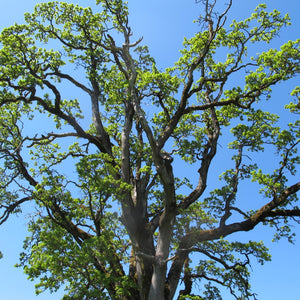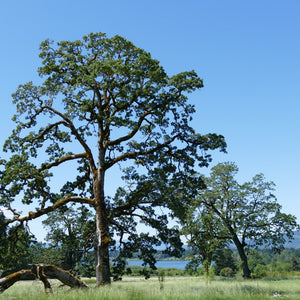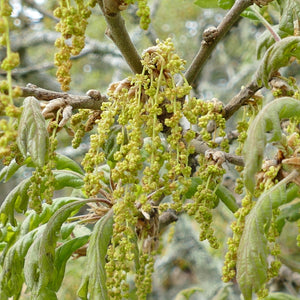Quercus garryana Garry Oak
Growing From Seed
Growing your own native plants from seed is the most economical way to add natives to your project or home garden. The seeds of native plants have built-in dormancy mechanisms that protect them from germinating before killing frosts or periods of drought.
In cultivation, the successful gardener must become familiar with these conditions to unlock the dormancy mechanism and stimulate germination. We are developing thorough seed germination categories in the Seed Details section above to help you successfully grow the native seed we sell.
Download: Seed Starting Basics Guide
Growing from Potted Plants
Careful and correct planting techniques are critical to the survival of young potted plants from our nursery.
Download: Planting and Care of Potted Plants






